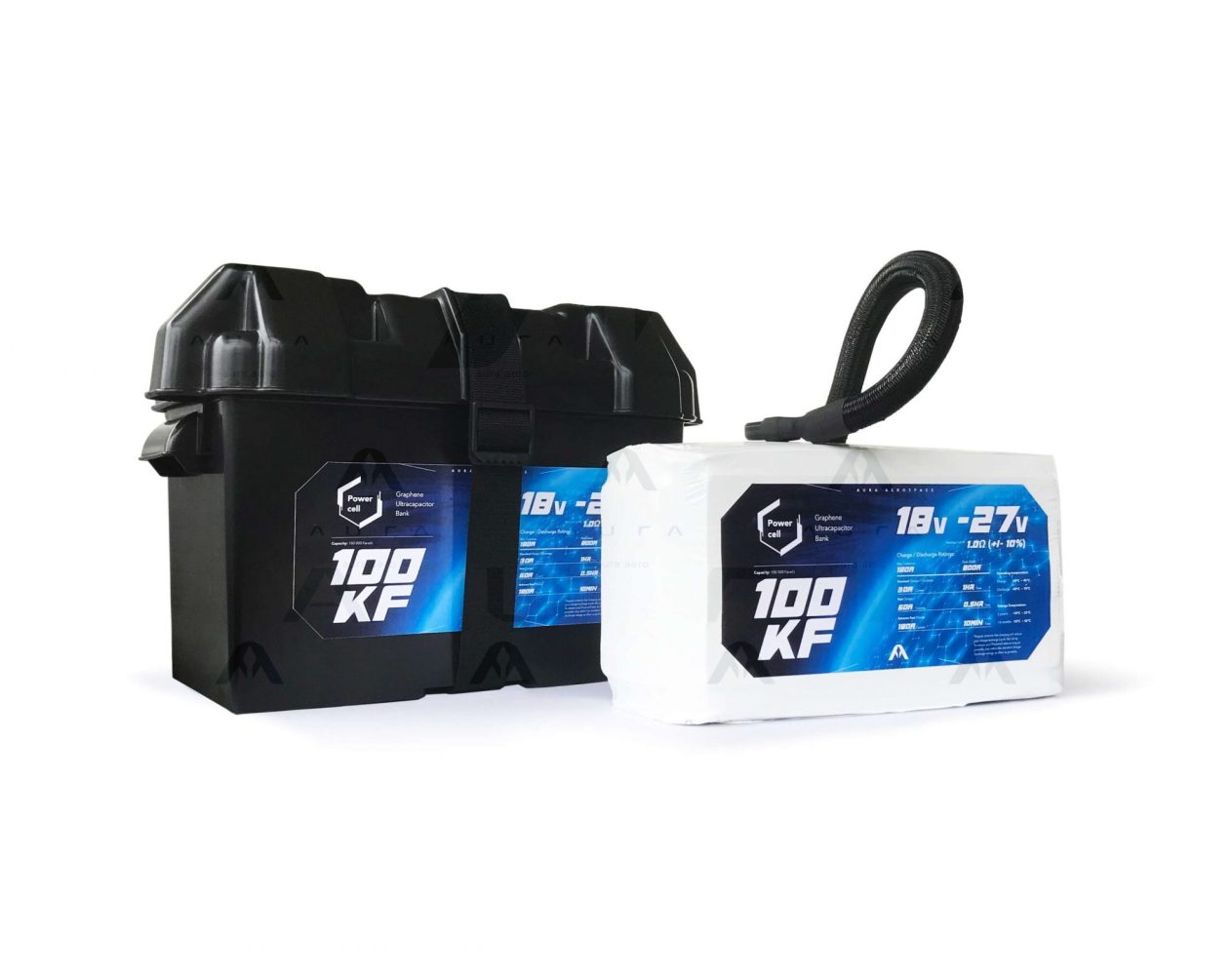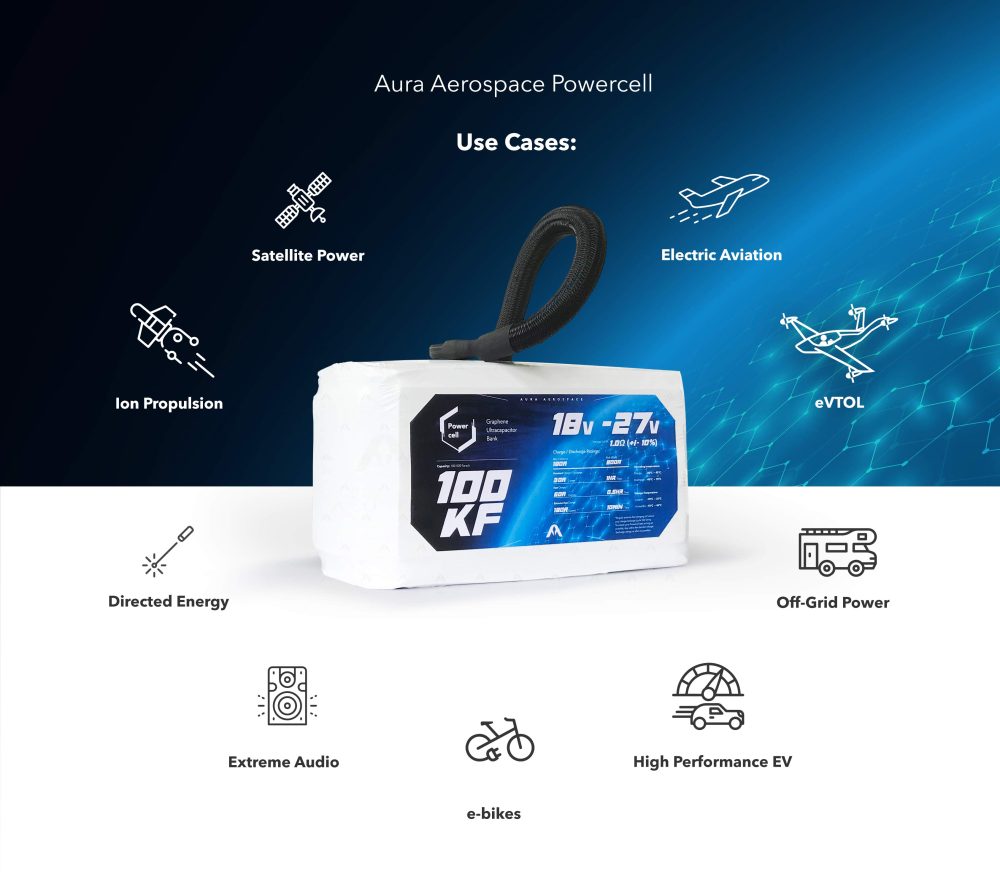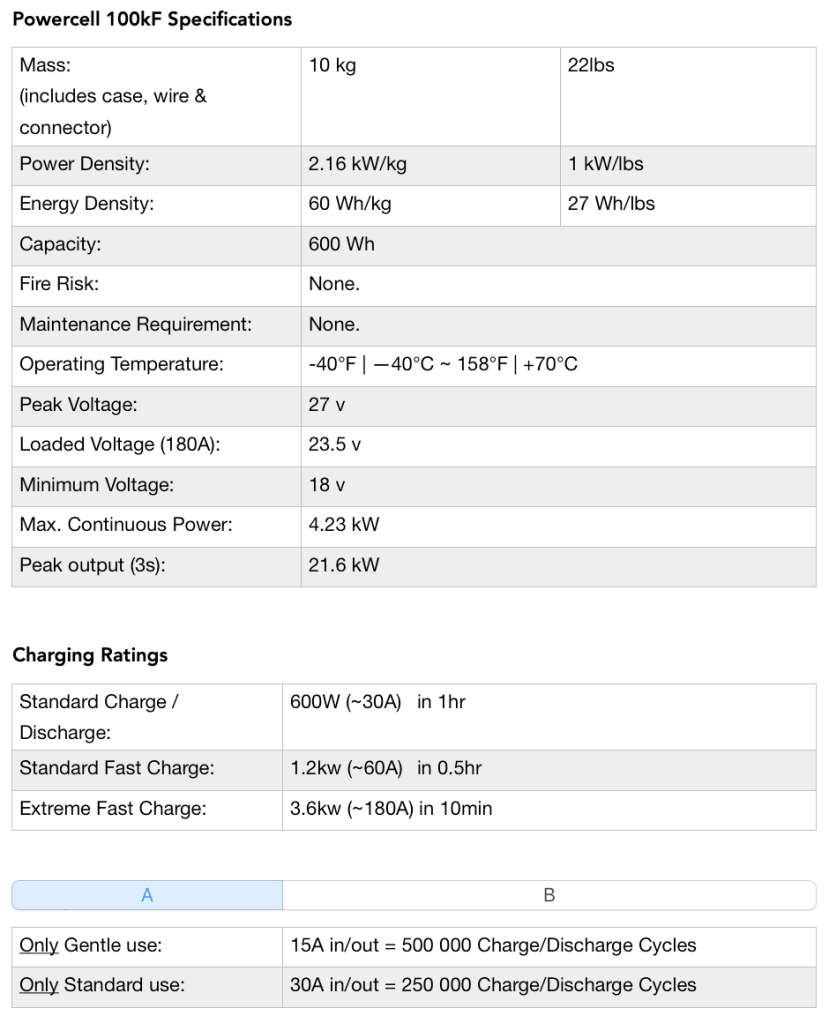
A San Francisco-based company has announced the availability of a new power cell that uses high-capacity ultracapacitors. That means it’s capable of delivering large quantities of energy in an instant yet requires minimal time for recharging.
A lot of recent work in the world of batteries has been driven by the electric vehicle sector. There’s always pressure to increase the range of these vehicles, as well as boost their acceleration. Similar energy demands are being felt in the nascent eVTOL sector. Those vehicles require an incredible burst of energy for takeoff and landing, but also a long-duration power supply to increase flight range.
A San Francisco company believes it has part of the solution.
Capacitors
If you’ve ever messed around with electronics, you’ve likely heard of a capacitor. It’s a component that’s capable of storing, and discharging, electricity.
But think if you had capacitors that could hold more energy than usual. Think, too, if you had enough of them in the right configuration. In theory, you could build a battery that could discharge really rapidly with a high output, yet be recharged faster than a conventional battery. These ultracapacitors are used in portable jump-starters for conventional cars.
News release
Aura’s news release says its product is perfect for eVTOLs.
At the moment of take-off, electric VTOL aircraft require huge bursts of energy that are rarely required once in forward flight. Using one battery chemistry to perform both tasks, at this time, still compromises performance on both sides. Making use of a high capacity generator (such as hydrogen fuel cells) to provide the energy for forward flight with Aura’s Powercell as a high power storage bank for take-off and landing requirements, outperforms the potential of battery based solutions.
Aura Aerospace news release
What does that look like?
The company has posted a video that gives you a pretty good hint at the capacity of one of these packs. Just don’t try this at home:
Could this be a Tesla turbo?
To understand the applications for this kind of product, the news release says it’s important to differentiate between energy density (Ah/lbs or Wh/kg) and power density (hp/lbs or kW/kg). Put another way, and using a Tesla vehicle as an example:
- The energy density of a pack limits your range.
- The power density limits your acceleration rate.
So if that’s got you wondering… the answer is yes:
Swapping the traditional lithium battery in a Tesla with an equivalent mass Aura Powercell would double the available power and result in lower 0-60 times. When applied to eVTOL aircraft Aura Powercell based power systems can provide faster take-offs and safer landings by having power density levels significantly higher than the batteries used now. Our goal is to break the paradigm of a quick discharge capacitor and create an energy storage device that operates just like a battery – resulting in a usable, practical solution that performs above and beyond any chemical battery ever made.
Aura Aerospace news release
Use cases
It’s not just eVTOLs, says the company, that would benefit from this technology. Its news release includes a list of other use-case scenarios:

Some specs
The news release included some specifications:

Safe and 90% recyclable
The company says the product does not have the fiery downside that comes with LiPos: Their ability to turn into a white-hot inferno in a nanosecond. It also points out that the tech is fairly environmentally friendly. It also contains zero cobalt, a compound used in lithium batteries and whose extraction is often tied to human rights abuses, with people mining the compound for low wages and with inadequate safety provisions.
If you’re interested in more information, you can find it on the company’s website.
And if you’re feeling flush – the Powercell 100kF is $7,599 – you can order one here.
FTC: We use income earning auto affiliate links. More.





Comments